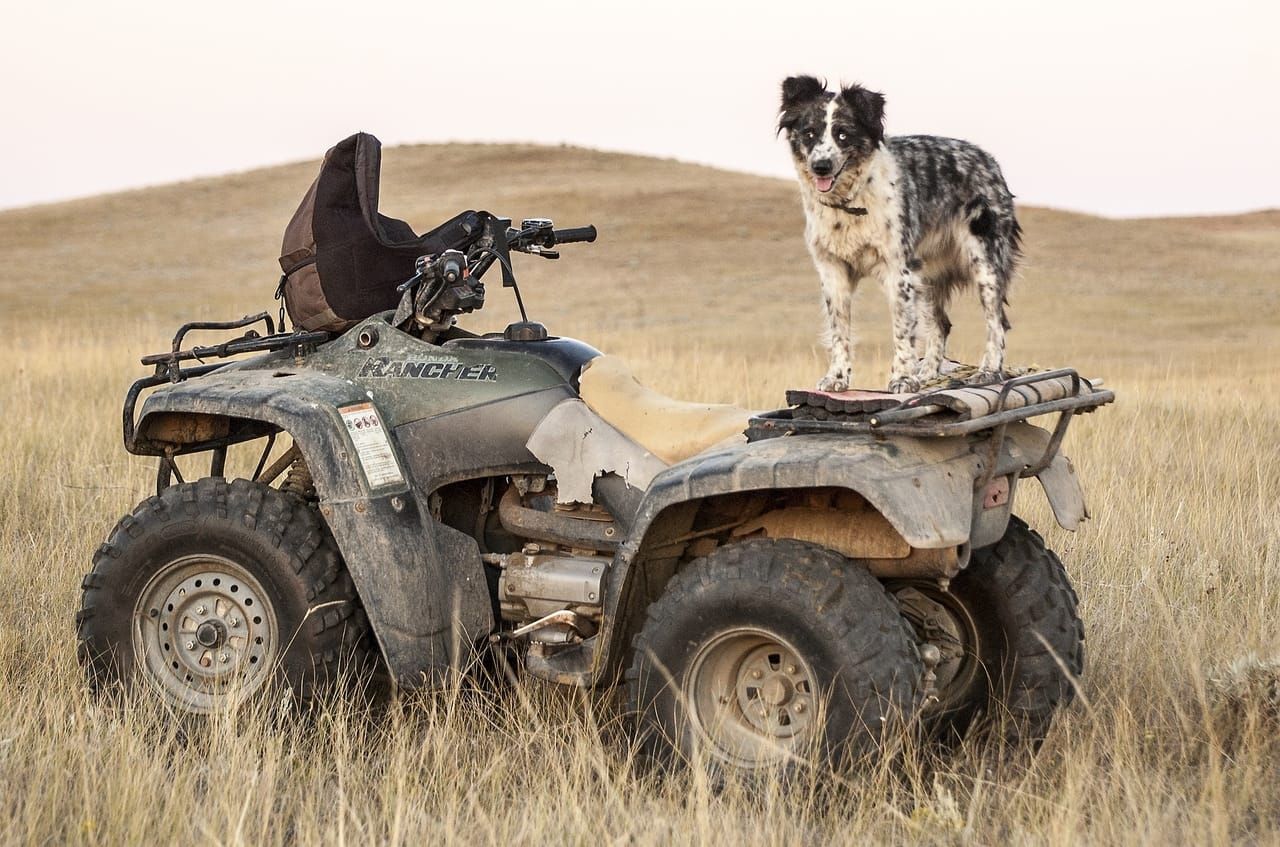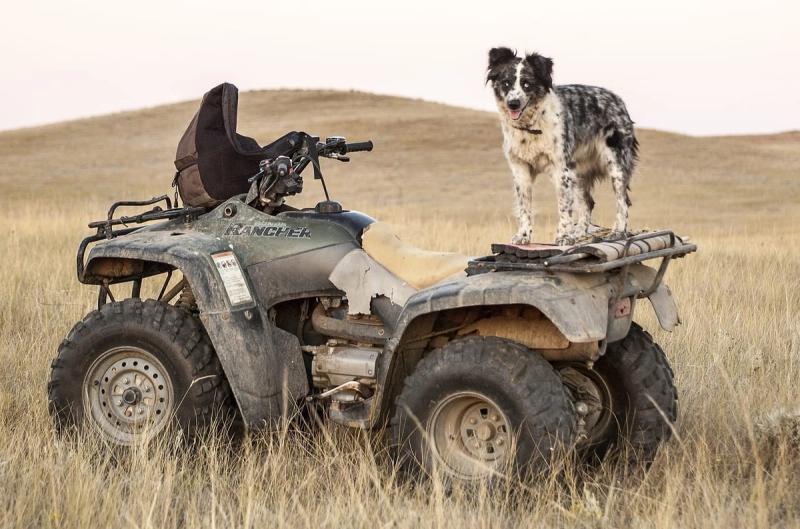ATV Safety on Your Acreage


Written by Jonathan Reed, Editor
July 28, 2023
Even if you don’t have a substantial number of acres, an all-terrain vehicle (ATV) might be a good choice for covering distance easily and quickly. You can ride farther in an hour on an ATV than you can walk in one day. Also known as a quad, four-track or four-wheeler, these vehicles are fun to use.

When using any type of vehicle, however, safety is of utmost importance. Thousands of people end up in the emergency room each year due to injuries sustained while using an ATV, and fatalities are not uncommon. To keep the riders in your family as safe as possible, consider these things when selecting and operating your ATVs.
ATV Types
There are two different types of ATVs for adults: sport and utility. Manufacturers have even designed different types of ATVs for younger riders, which are especially made for smaller hands and feet and do not go as fast as adult models. ATV laws vary by state, so be sure to know the laws in your home state, as well as any states you may take your ATV to when traveling.
Preparation
Before operating an ATV, be sure to take an ATV safety course. There are several free online ATV safety courses to choose from. When you are getting ready to ride, always wear the right gear, including a Department of Transportation (DOT)-compliant helmet, goggles, a long-sleeved shirt, long pants, boots that cover your ankles, and gloves. Any passengers should wear the same attire. If you plan on operating outside of cell coverage, pack a first aid kit and tool kit just in case, and also consider taking along spark plugs, electrical wire, electrical tape, tow rope, a flashlight, and a headlight.
Inspection
Anytime you are preparing to ride your ATV, be sure to do a thorough inspection first. This should only take 5 to 10 minutes, and you should follow the T-CLOC checklist, which stands for tires and wheels; controls and cables; lights and electrics; oil and fuel; chain/driveshaft and chassis.
Location
ATVs are designed for operation off the main road. ATVs should never be ridden on paved roads except in the event you must cross the road. If you must cross a paved road, do so carefully, watching for other vehicles. Ride an ATV only on designated trails, and operate the vehicle at safe speeds.
Intoxication
If you have consumed alcohol or drugs, do not ride your ATV.
Passengers
Do not carry passengers when riding a single-rider ATV. There are ATVs engineered to carry two people, but these should carry only two riders—not more.
Kids & ATVs
ATVs are not high-speed, glorified toys and should not be treated as such. Any riders under age 16 should be closely supervised. Every ATV comes with a warning label that has a minimum age recommendation from the manufacturer.
UTVs
A utility vehicle (UTV) might be a better choice for your acreage if you have to haul items regularly. While a bit more expensive than ATVs, a UTV can be a very helpful tool for getting jobs done around the acreage.
Tags:Tool Time

Acreage Life is part of the Catalyst Communications Network publication family.
















